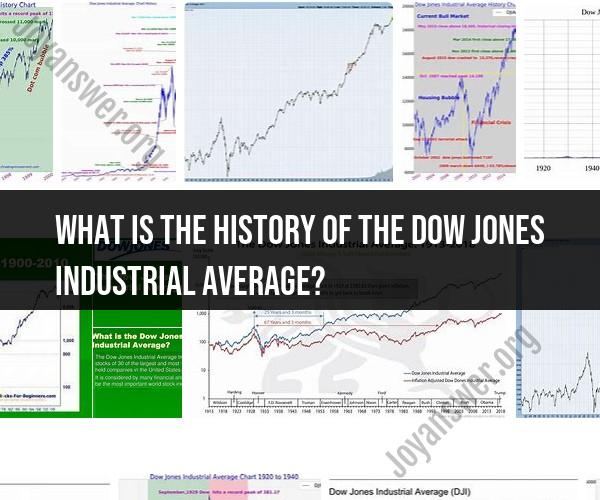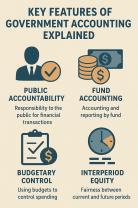What is the history of the Dow Jones Industrial Average?
The Dow Jones Industrial Average (DJIA), often simply referred to as the Dow, is one of the most well-known stock market indices in the world. It has a rich history that spans over a century. Here is a brief overview of the evolution of the Dow Jones Industrial Average:
1. Creation (1896):
- The Dow Jones Industrial Average was created by Charles Dow, the co-founder of Dow Jones & Company, and Edward Jones, a statistician. It was first calculated and published on May 26, 1896. At its inception, the Dow consisted of 12 industrial stocks.
2. Early Composition:
- The original 12 companies included in the Dow were primarily industrial and manufacturing firms, such as General Electric, American Tobacco Company, and U.S. Leather Company.
3. Expansion (1928):
- In 1928, the Dow expanded to include 30 companies, which represented a broader range of industries, including transportation, utilities, and retail. This expansion was intended to provide a more comprehensive view of the U.S. economy.
4. Historical Milestones:
- The Dow has witnessed numerous historical events, including the Great Depression in the 1930s, World War II, and the post-war economic boom. It played a significant role in tracking the performance of U.S. companies during these periods.
5. Technology Era (Late 20th Century):
- The late 20th century saw the rise of technology companies, and the Dow began to include tech giants like IBM, Microsoft, and Intel.
6. Dot-Com Bubble (2000):
- The bursting of the dot-com bubble in 2000 had a significant impact on the Dow, as many tech stocks experienced sharp declines.
7. Financial Crisis (2007-2008):
- The global financial crisis of 2007-2008 led to a severe downturn in the stock market, with the Dow experiencing significant losses.
8. Modern Composition:
- Today, the Dow Jones Industrial Average consists of 30 large, publicly-traded U.S. companies that are considered leaders in their respective industries. The index is often used as a barometer of the overall health of the U.S. stock market and the broader economy.
9. Changes and Adjustments:
- Over the years, the composition of the Dow has changed multiple times to reflect the evolving U.S. economy. Companies have been added or removed based on various factors, including their market capitalization, industry representation, and overall relevance.
10. Calculation Method:- The DJIA is a price-weighted index, which means that the stock prices of its component companies are used to calculate the average, rather than their market capitalizations.
The Dow Jones Industrial Average continues to be a widely followed indicator of stock market performance and is closely watched by investors, analysts, and the media. While it has faced criticism for its limited scope and methodology, it remains an important part of the financial landscape and a symbol of the American economy's resilience and adaptability over the years.













